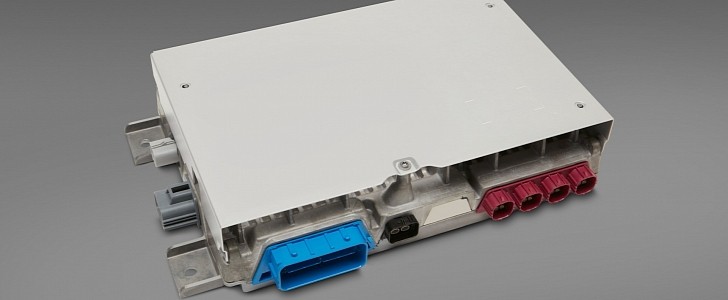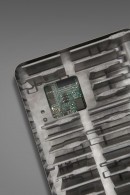General Motors showcased its new computing architecture for its Ultra Cruise system. The architecture was developed in collaboration with Qualcomm, and it involves the first dedicated Snapdragon system-on-chips. The new technology is for "door-to-door hands-free driving."
GM will be the first company to get the new Snapdragon Ride Platform for advanced driver assistance technology. It is a scalable compute architecture that features an industry-leading 5-nanometer Snapdragon SA8540P System-on-Chip, along with a SA9000P artificial intelligence accelerator.
Their names do not matter that much if they manage to live up to the claims and fulfill their purpose. As General Motors explains, the Ultra Cruise compute module is the size of "two laptops stacked together." They do not have liquid cooling either, so the packaging is going to be different from other high-end computing solutions.
It has the company's Ultra Cruise software stack that is set to provide an “unmatched combination” of capability, reliability, predictability, which will fulfill what is described as "door-to-door hands-free driving" in 95 percent of all driving scenarios. That sounds like autonomous driving in many, but not all situations, to us.
GM developed the UltraCruise module to provide low-latency control in key functions on 16-core CPUs, along with a high-performance AI that is capable of more than 300 Tera Operations Per Second for the cameras, radar, and Lidar systems.
All the above systems have been designed from scratch to meet automotive system safety standards, which is why they have multiple built-in redundancies. Moreover, there is also an Infineon Aurix TC397 processor that handles system safety integrity, and that processor has already received the ASIL-D categorization, which is described as the highest Automotive Safety Integrity Level.
General Motors notes that its Ultra Cruise compute will be able to evolve over time through Snapdragon Rides SoCs performance, along with its high-speed interfaces that are meant to allow future expansion. The systems will also receive over-the-air software updates, which will arrive through the conglomerate's Ultifi software platform.
The first vehicles that will get the new system from GM are supposed to arrive in 2023, and the Cadillac Celestiq may be the first to get the technology. It is unclear, at this point, if the system will manage to obtain all necessary approvals to allow it to operate in what is described as SAE Level 4 autonomy.
According to Mary Barra, General Motors will have a fully autonomous car on sale by 2025, which means that the American giant is also considering developing the system to reach SAE Level 5 autonomy, the highest on the scale, but not yet obtained by any vehicle manufacturer.
Their names do not matter that much if they manage to live up to the claims and fulfill their purpose. As General Motors explains, the Ultra Cruise compute module is the size of "two laptops stacked together." They do not have liquid cooling either, so the packaging is going to be different from other high-end computing solutions.
It has the company's Ultra Cruise software stack that is set to provide an “unmatched combination” of capability, reliability, predictability, which will fulfill what is described as "door-to-door hands-free driving" in 95 percent of all driving scenarios. That sounds like autonomous driving in many, but not all situations, to us.
GM developed the UltraCruise module to provide low-latency control in key functions on 16-core CPUs, along with a high-performance AI that is capable of more than 300 Tera Operations Per Second for the cameras, radar, and Lidar systems.
All the above systems have been designed from scratch to meet automotive system safety standards, which is why they have multiple built-in redundancies. Moreover, there is also an Infineon Aurix TC397 processor that handles system safety integrity, and that processor has already received the ASIL-D categorization, which is described as the highest Automotive Safety Integrity Level.
General Motors notes that its Ultra Cruise compute will be able to evolve over time through Snapdragon Rides SoCs performance, along with its high-speed interfaces that are meant to allow future expansion. The systems will also receive over-the-air software updates, which will arrive through the conglomerate's Ultifi software platform.
The first vehicles that will get the new system from GM are supposed to arrive in 2023, and the Cadillac Celestiq may be the first to get the technology. It is unclear, at this point, if the system will manage to obtain all necessary approvals to allow it to operate in what is described as SAE Level 4 autonomy.
According to Mary Barra, General Motors will have a fully autonomous car on sale by 2025, which means that the American giant is also considering developing the system to reach SAE Level 5 autonomy, the highest on the scale, but not yet obtained by any vehicle manufacturer.










